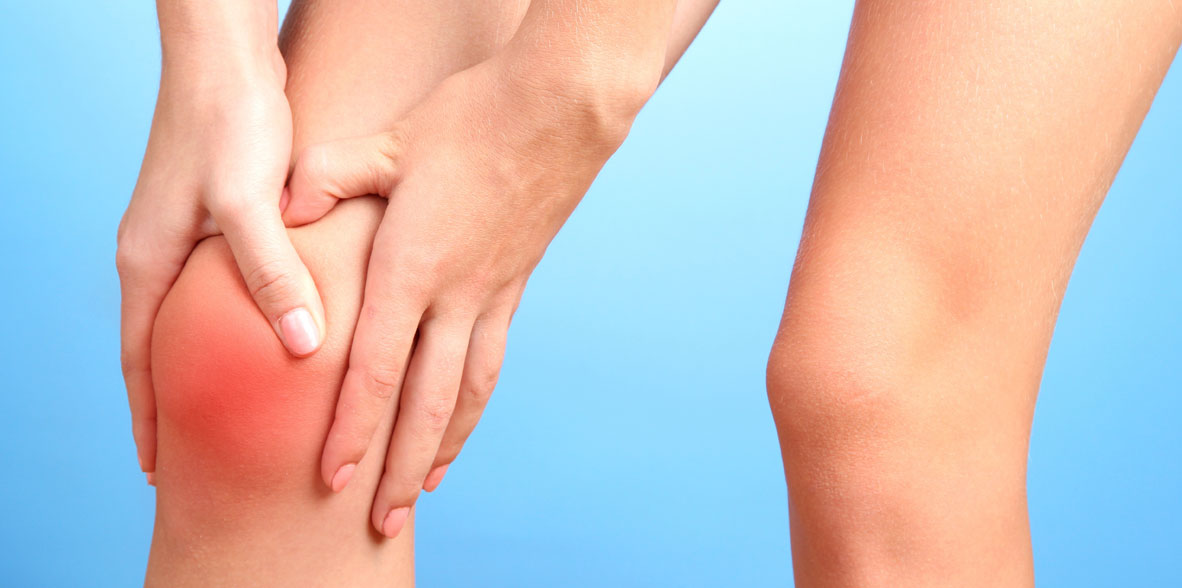

 Centro Médico Teknonen/health-centers/centro-medico-teknon
Centro Médico Teknonen/health-centers/centro-medico-teknon- Centro Médico Teknonen/health-centers/centro-medico-teknonHospital Universitari General de Catalunyaen/health-centers/hospital-universitari-general-catalunya
 Centro Médico Teknonen/health-centers/centro-medico-teknonHospital Universitari Sagrat Coren/health-centers/hospital-universitari-sagrat-cor
Centro Médico Teknonen/health-centers/centro-medico-teknonHospital Universitari Sagrat Coren/health-centers/hospital-universitari-sagrat-cor
A trigger finger, also known as stenosing tenosynovitis or trigger digit, is a condition where one of the fingers or the thumb gets stuck in a bent position and then suddenly straightens out with a snap, like a trigger being pulled and released. This condition is caused by inflammation or swelling of the tendon sheath, which surrounds the tendons that control the movement of the fingers.
Symptoms of Trigger Finger:
Catching or Locking: The finger may catch or lock in a bent position, especially when trying to straighten it.
Popping Sensation: When the finger is straightened, it may produce a popping or snapping sensation.
Tenderness at the Base: There may be tenderness or a bump at the base of the affected finger or thumb.
Causes: Repetitive gripping actions or forceful use of the fingers can contribute to the development of trigger finger. It may also be associated with certain medical conditions such as diabetes, rheumatoid arthritis, or carpal tunnel syndrome.
Treatment:
Rest and Activity Modification: Resting the affected finger and avoiding activities that worsen symptoms can help reduce irritation.
Nonsteroidal Anti-Inflammatory Drugs (NSAIDs): Over-the-counter NSAIDs like ibuprofen may be recommended to reduce pain and inflammation.
Heat and Ice: Applying heat or ice to the affected area may help alleviate pain and reduce swelling.
Hand Exercises: Gentle exercises to improve the range of motion in the affected finger may be recommended.
Corticosteroid Injections: A rheumatologist may administer corticosteroid injections into the tendon sheath to reduce inflammation and allow for smoother gliding of the tendon.
Surgical Release (Tenolysis): If conservative measures do not provide relief, or if the condition is severe, a surgical procedure called tenolysis may be considered. This involves releasing the constricted portion of the tendon sheath.
Percutaneous Release: In some cases, a percutaneous release procedure can be done using a needle to cut the constricted portion of the tendon sheath.
The choice of treatment depends on the severity of symptoms and the individual's response to conservative measures.



































